Week 162_Black Opacity
Black Opacity
featuring Lukáš Karbus
curated by Cora Waschke
POLANSKY Brno
Lidická 26, Brno, Czech Republic
That impenetrable darkness radiates a cold of iron, and over the iron breath you can hear a dark and wavering voice from the depth of the building; "You who yearn to pass this threshold, do you know what 'awaits for you? "
Ivan S. Turgenev: Threshold, 1878

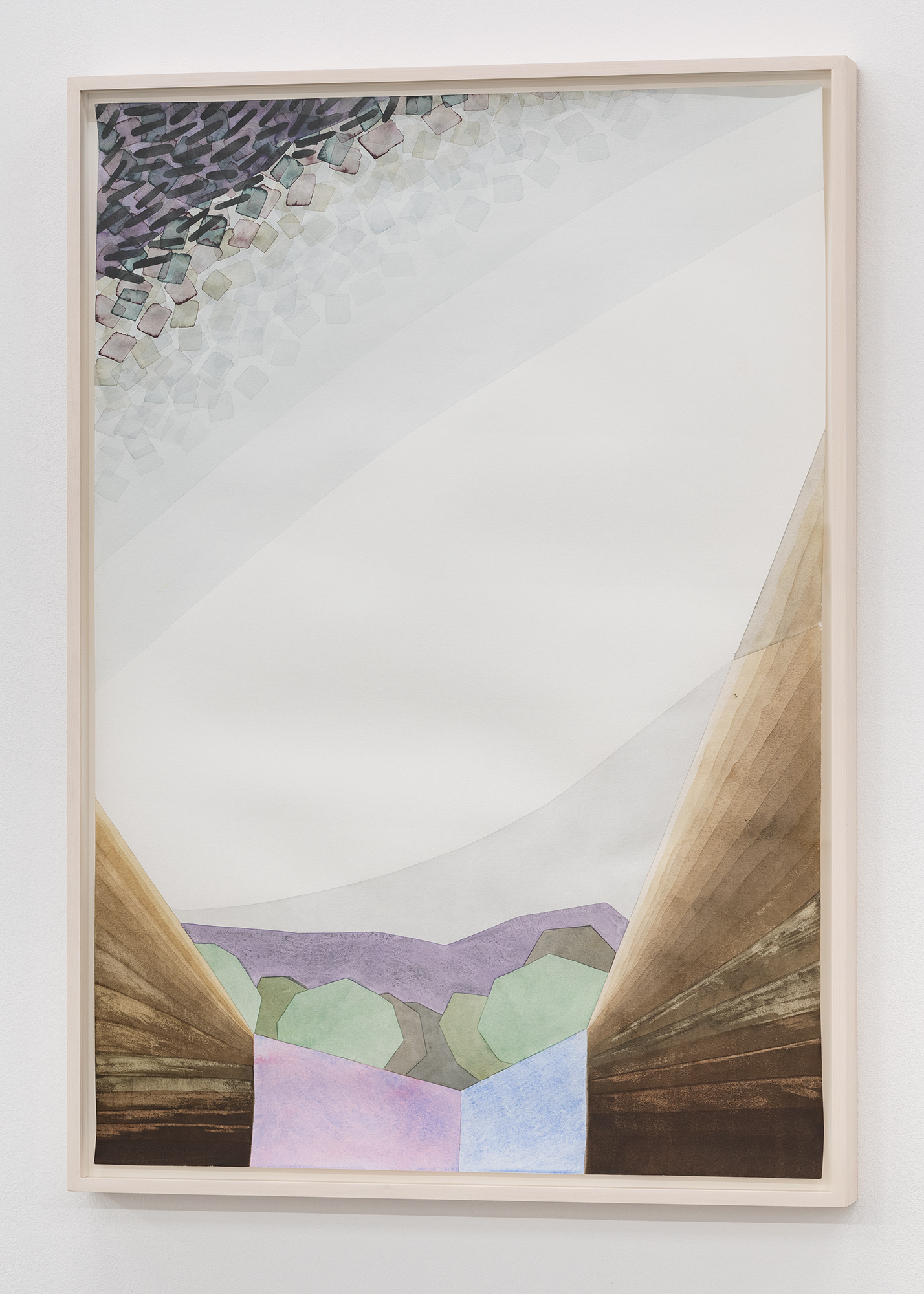
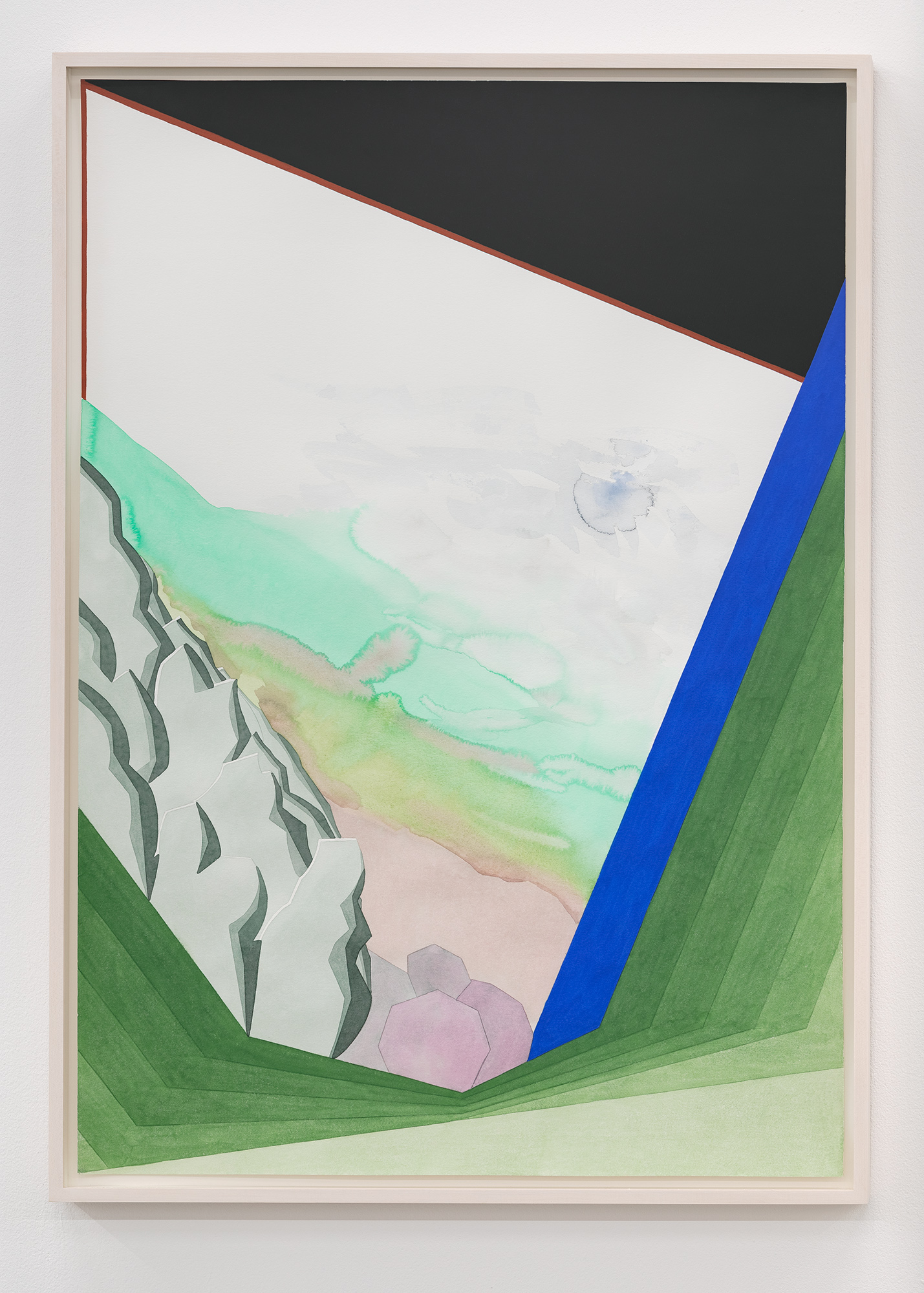
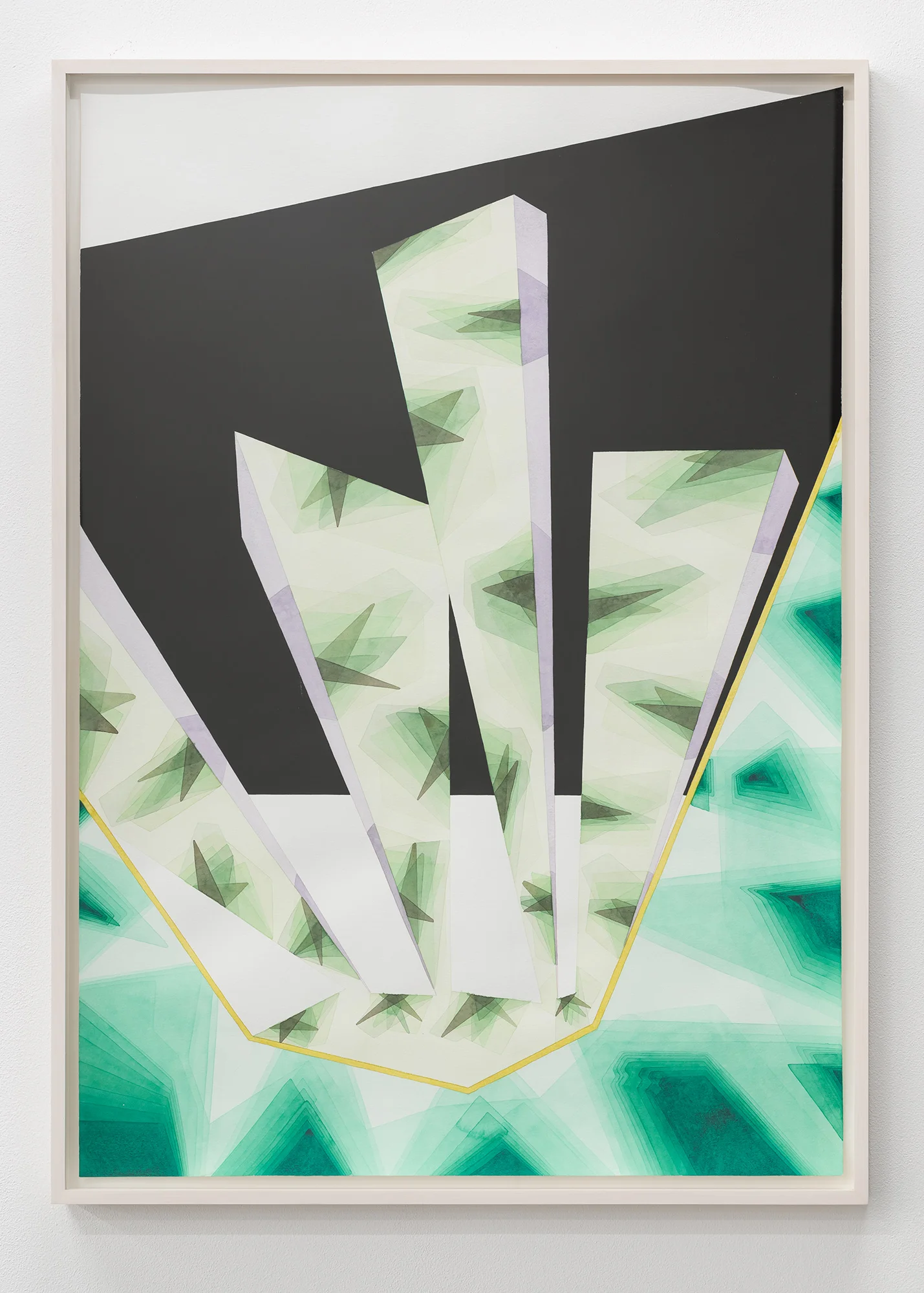
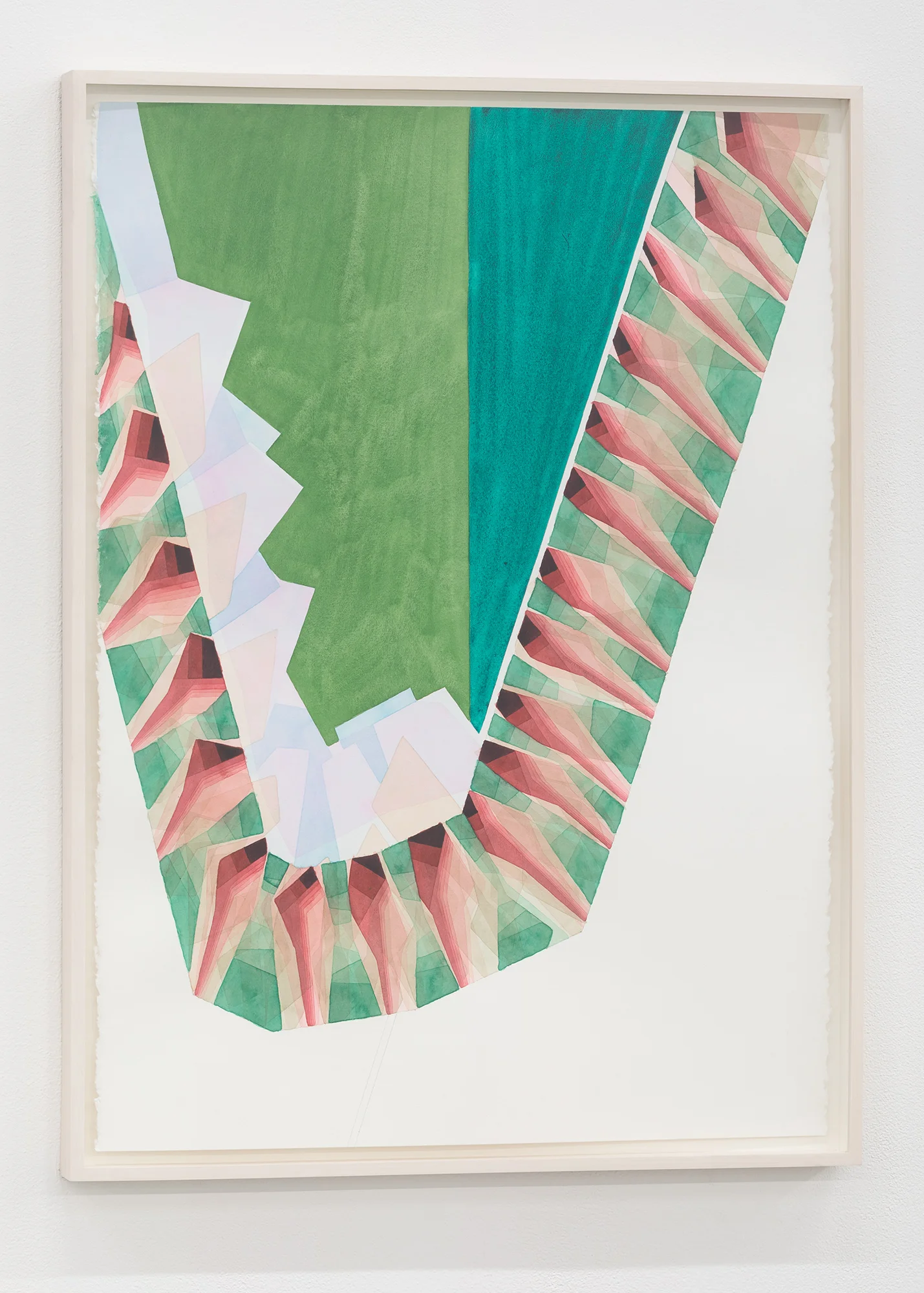
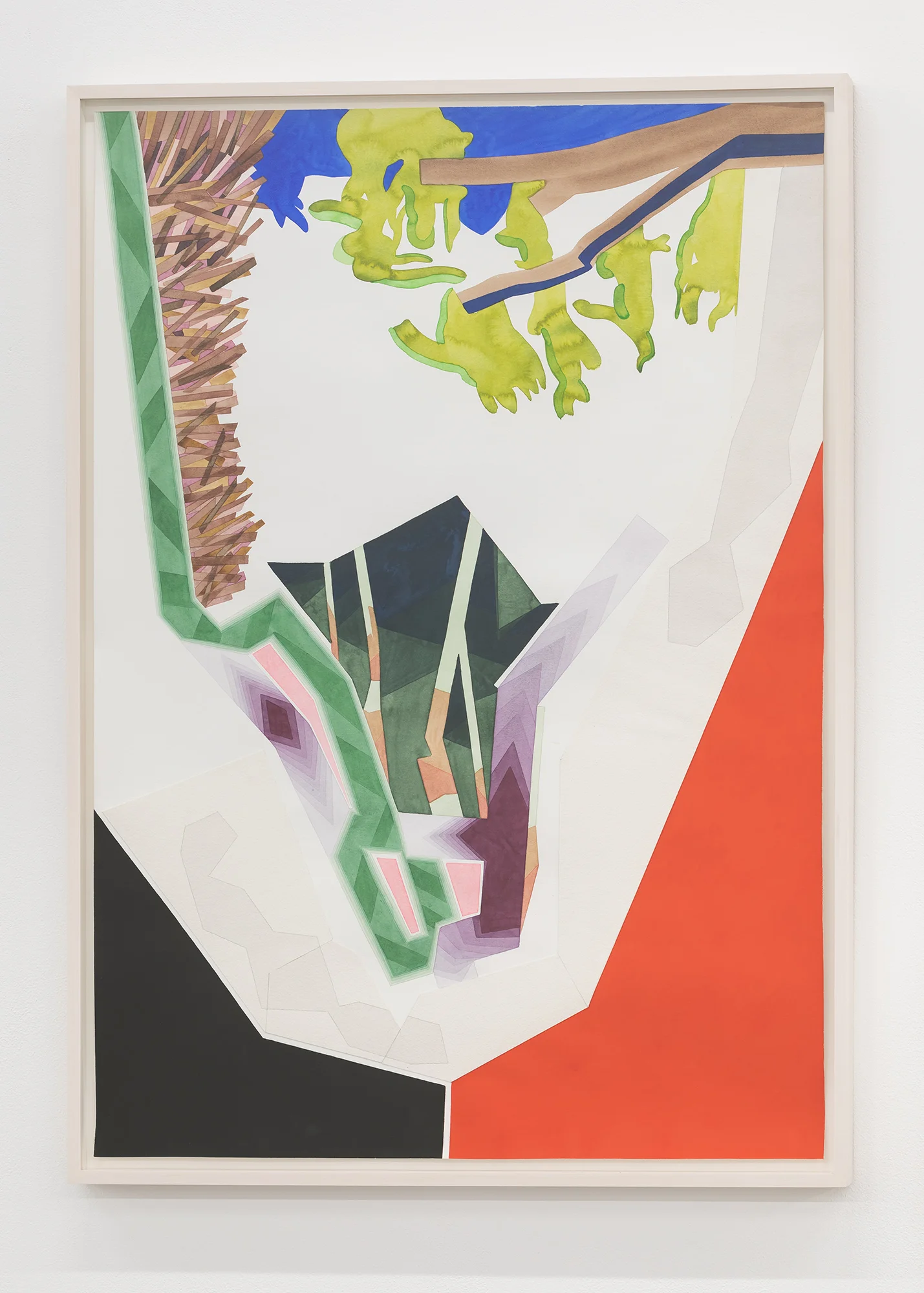
The work of Lukáš Karbus is mainly known for his large-format watercolor paintings with crystalline structures, smooth color transitions and detailed plant representations, with an emphasis on color and transparency. In this exhibition, the artist surprises the public with images in which the luminous permeability is partially separated from the impenetrable black of the gouache. Where there is no light, the colors do not exist, the contours are indistinguishable. Impenetrable darkness, like a black wall blocking the road, is placed in contrast to the depth of space. However, for this black opacity, Karbus establishes an opening that could be an exit or a wrong path. The common denominator of all the images on display is a wedge-shaped threshold in its lower section. The viewer can thus look in another space, a strange world or, as the artist likes to say. "The observer can see" theater, the world, reality "".
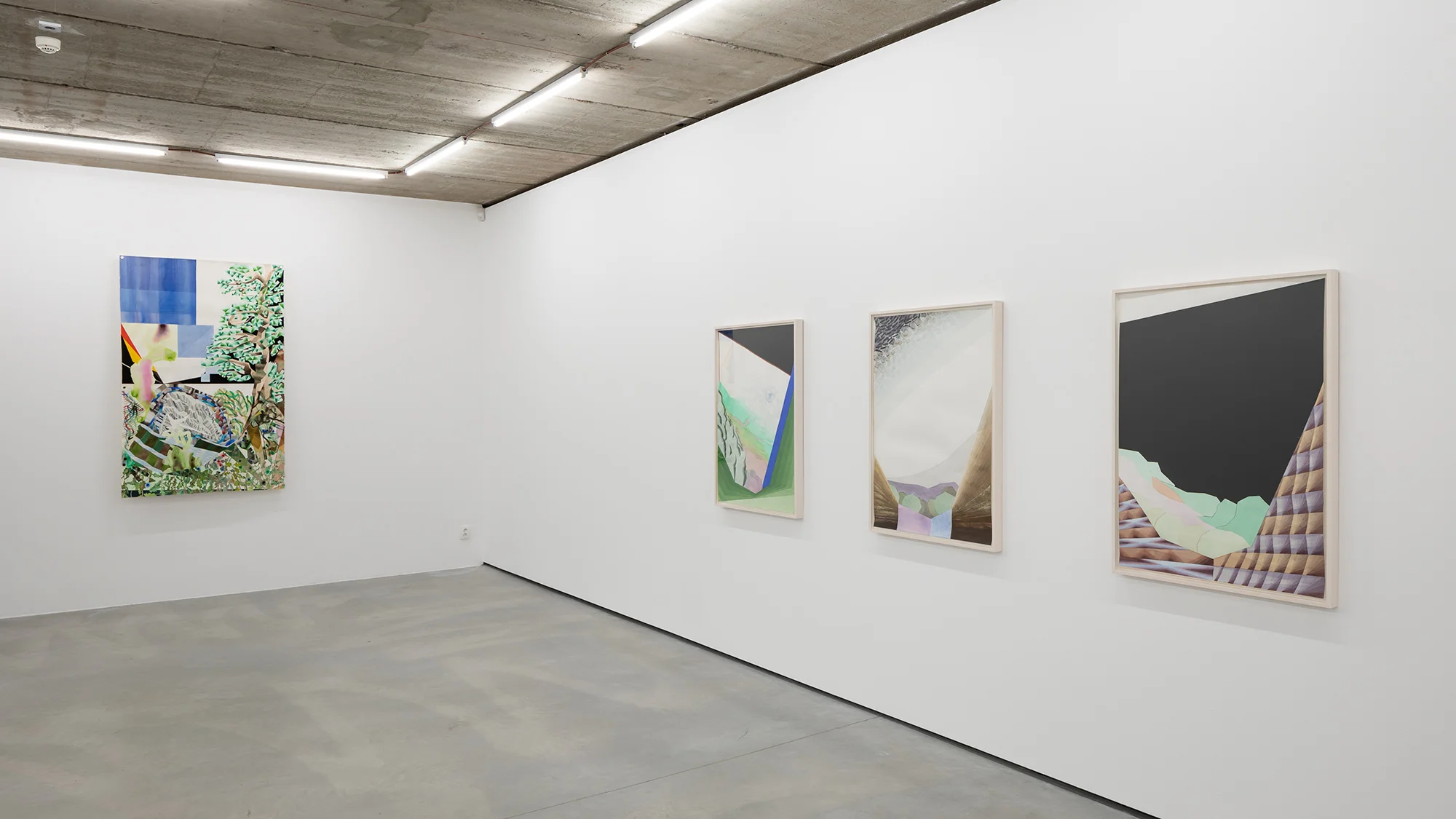
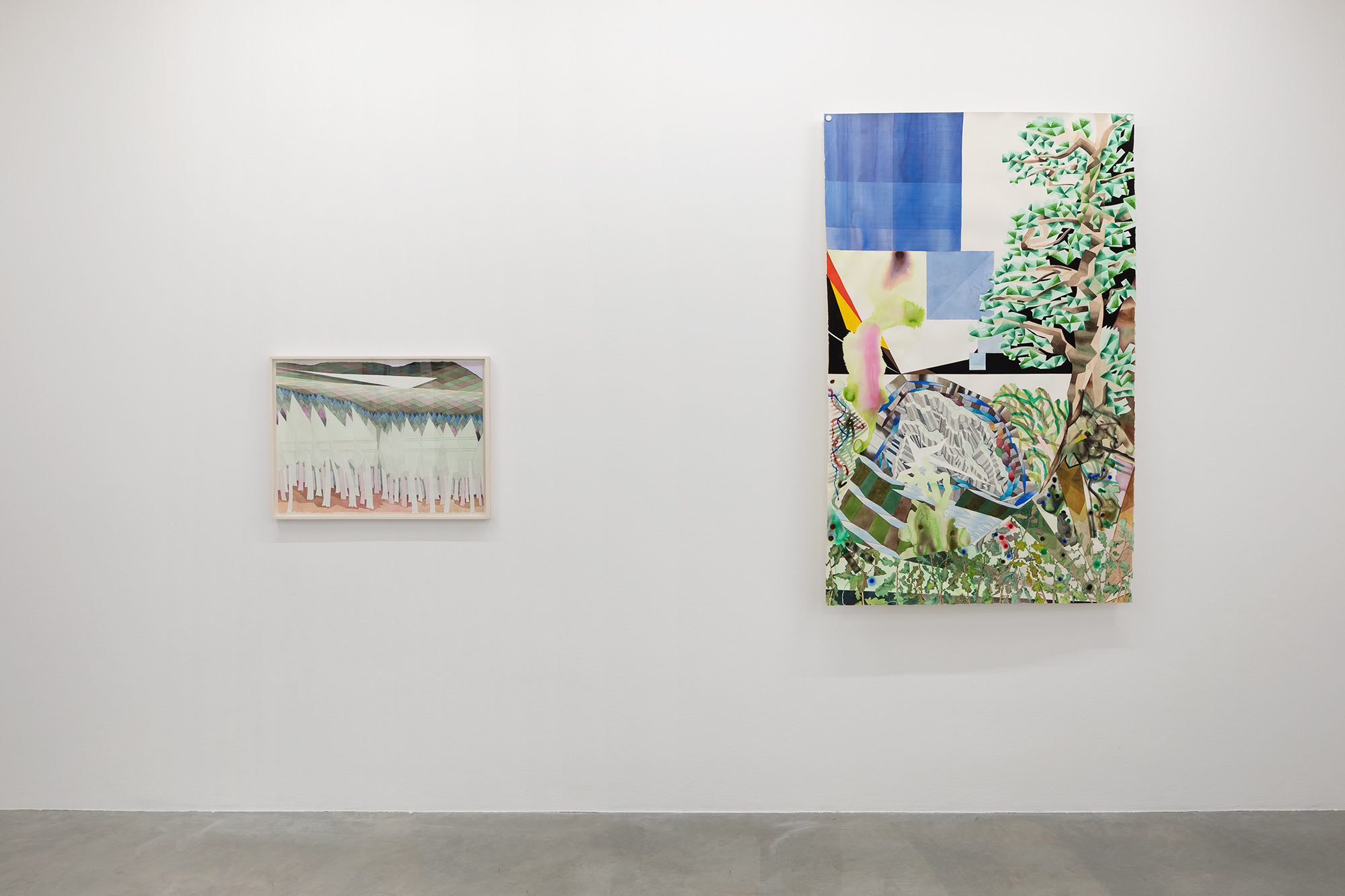
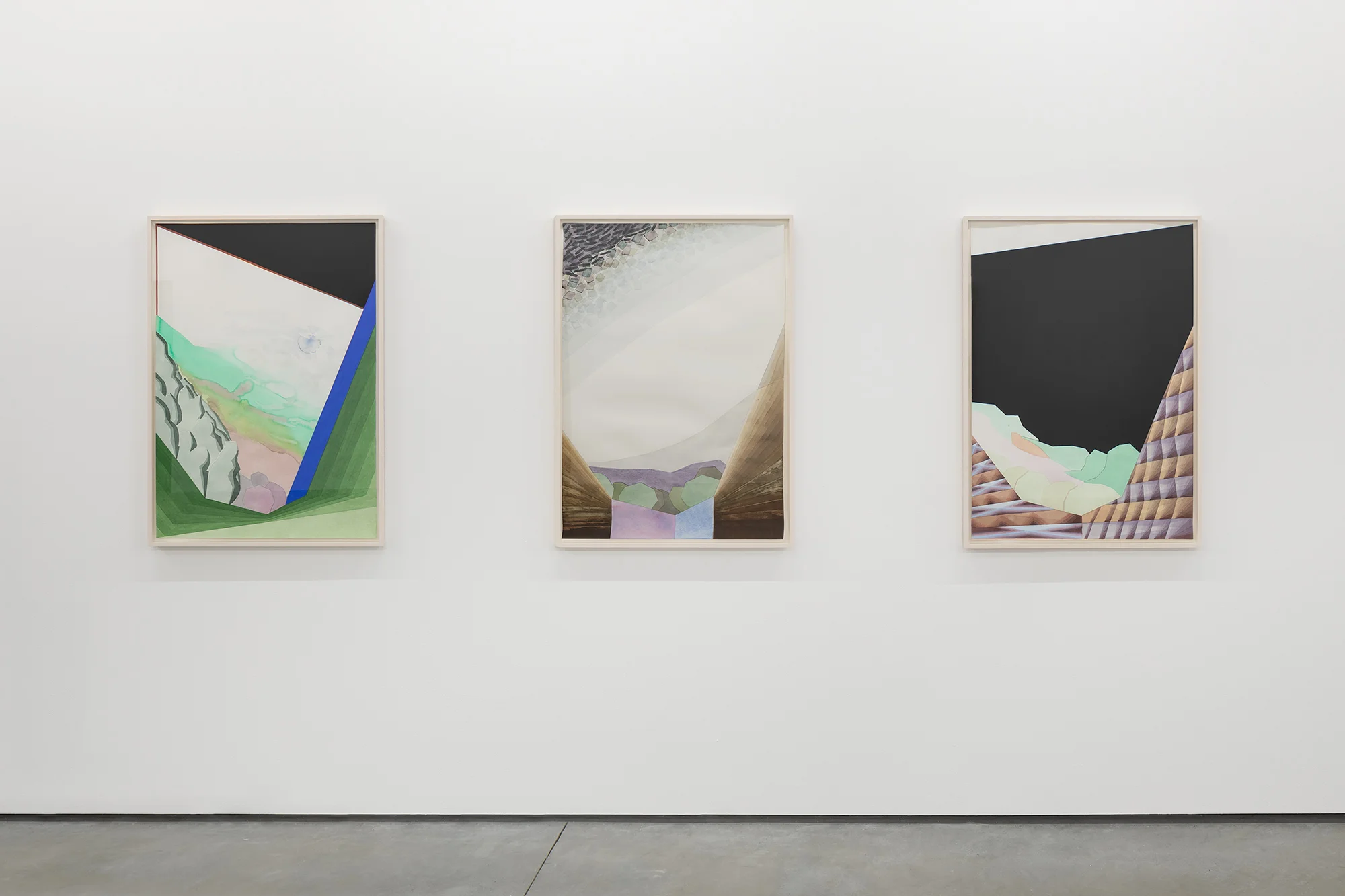
These views from steep points of view refer to one of the most famous paintings of romanticism, Chalk Cliffs on Rugen by Caspar David Friedrich. A frame of steep rocks offers a view of the depth of the sea flattened by the image. The recurring motif of a man on the threshold of the irreconcilable opposite in Friedrich's works symbolizes the existential experience of life and death. In contrast, with his contemporary Johann Wolfgang Goethe, the middle threshold between consciousness and unconsciousness, between sleeping and being awake.

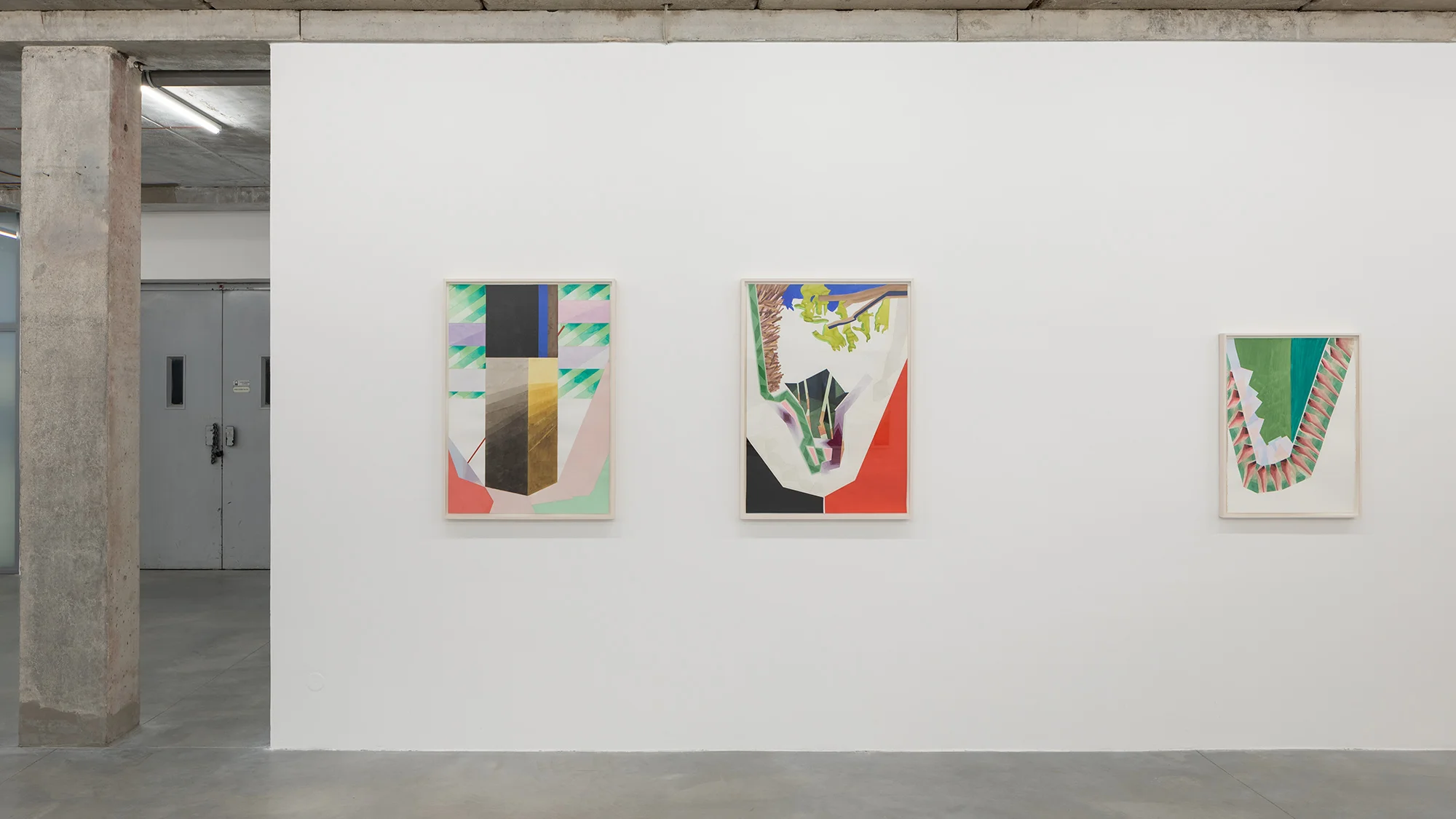
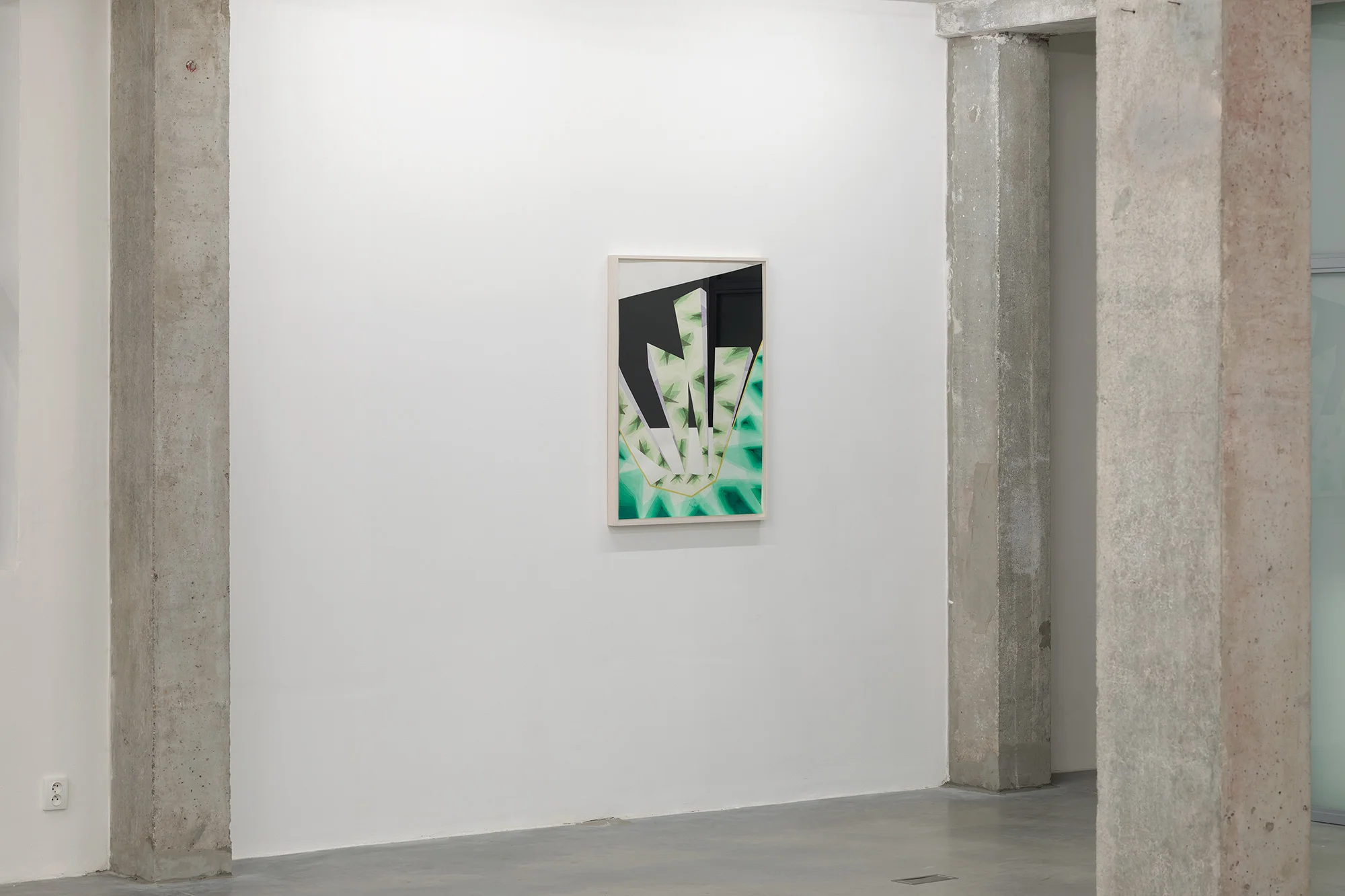
En la obra de Karbus, el motivo del umbral abre diversos espacios y estados del ser. El brillo se extiende sobre un horizonte oscuro hasta una pantalla marrón que se pliega en la parte inferior, aparentemente sujeta por una corriente que fluye. Otra imagen recuerda la vista de un avión, cuya perspectiva cambia constantemente, y el marco inclinado de la ventana no proporciona un agarre seguro. De nuevo, el espectador parece pararse a la entrada de la exposición. Y ahora, finalmente, las representaciones parecen tan reducidas y estilizadas como si fueran mundos virtuales donde cruzar la frontera ya está en la promesa de la generación digital.
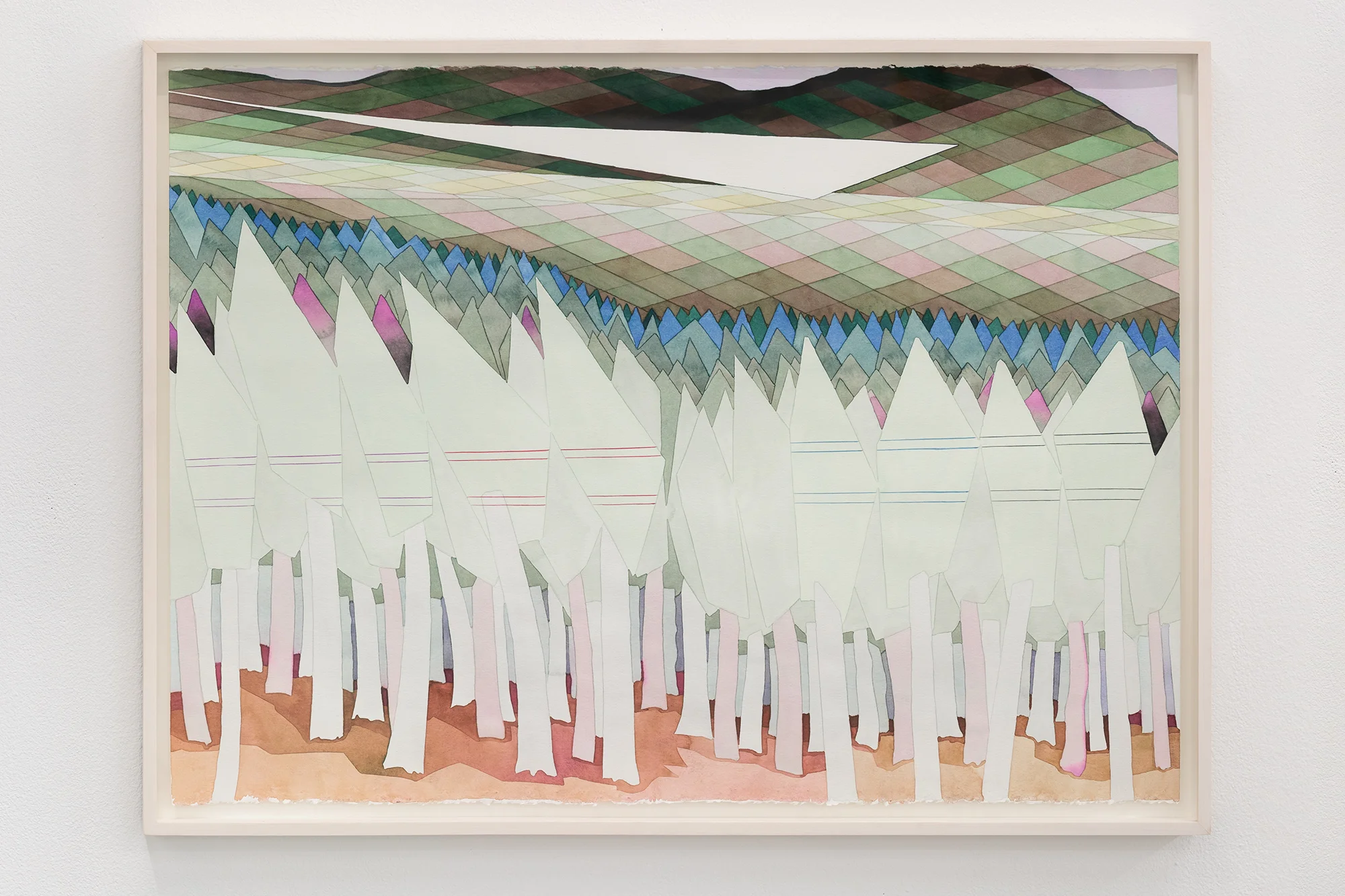


By incorporating the motif of a threshold, a panoramic view and a plane, Karbus's paintings of landscapes and abstract images have diverse historical references from romanticism to suprematism. The contrast between transparency and opacity also indicates the current theme of immersion in virtual reality.
In Karbus's work, entering a different world always seems to be a transition to a different state of being, with all its promises and dangers.
Photographs by Jan Kolsky